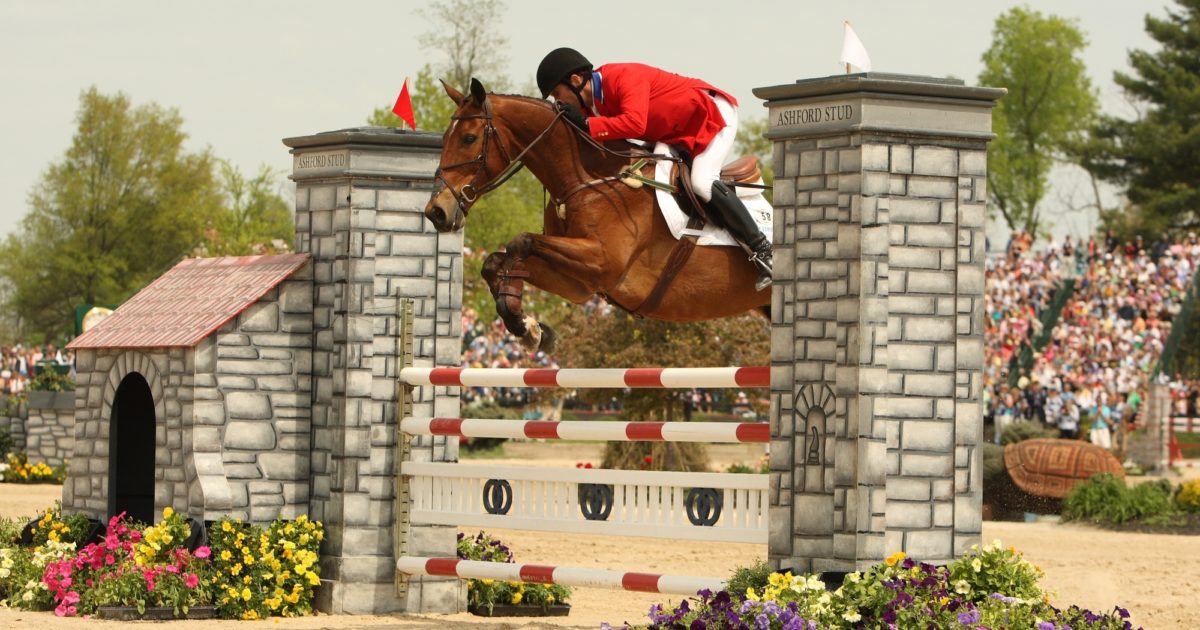Show jumping is an exhilarating equestrian sport that requires a unique combination of speed, precision, and partnership between horse and rider. If you’re new to the world of show jumping or seeking ways to perfect your performance, this article will outline essential techniques and tips. With keywords such as “show jumping techniques,” “improve performance,” and “horse-rider partnership,” this guide aims to be your go-to resource for elevating your show jumping skills.
Understanding the Basics of Show Jumping
Before diving into advanced techniques, let’s cover the basics. Show jumping involves navigating a series of obstacles within a defined arena. Your performance is assessed based on speed and the number of faults accrued, such as knocking down rails or refusing a jump.
Essential Show Jumping Techniques
1. Proper Positioning
The proper show jumping position is crucial for maintaining balance and aiding your horse over jumps. Your heels should be down, knees slightly bent, and upper body leaning slightly forward. This “two-point” position minimizes the weight on the horse’s back, making it easier for them to clear the obstacles.
2. Eye Focus
A common piece of advice for improving performance is to “look where you’re going.” Always focus on your next obstacle as you approach it, and then immediately shift your gaze to the subsequent one once you’ve cleared the jump.
3. Effective Use of Aids
Riding aids—your hands, legs, and seat—are your primary tools for communicating with your horse. A combination of rein and leg pressure can guide your horse to the perfect take-off point, improving the chances of a clean jump.
4. The Half-Halt
The half-halt is a crucial show jumping technique used to balance your horse and prepare them for the jump. Executed by applying a brief, subtle pressure on the reins, the half-halt alerts your horse to shift their weight to the hindquarters, allowing for a more balanced and controlled jump.
5. Rhythm and Pace
Maintaining a consistent rhythm and pace is essential for timing your jumps accurately. A rhythmic approach helps you and your horse measure the distance to each obstacle, resulting in a cleaner, more efficient round.
Training Tips to Improve Your Performance
1. Ground Poles and Cavaletti Work
Before progressing to higher jumps, practice with ground poles and cavaletti to hone your basic skills. This training helps improve timing and balance, both vital for advanced show jumping techniques.
2. Gridwork
Gridwork consists of a series of jumps placed at specific distances. It helps improve both horse and rider’s ability to judge distance and enhances coordination.
3. Simulated Course Runs
Regularly practice on courses that mimic the conditions of a real show. This helps you and your horse become accustomed to the pressures of competition and the variety of obstacles you may encounter.
4. Video Analysis
Recording your training sessions and analyzing them later can reveal weak points that may not be apparent in the moment. This is an invaluable tool for those looking to perfect their show jumping performance.
5. Professional Coaching
If you’re serious about improving, consider hiring a professional show jumping coach. They can provide expert insights and personalized training plans to help you reach your full potential.
Importance of Horse Care and Conditioning
No amount of skill can compensate for a horse that is not well-conditioned and cared for. Regular vet check-ups, a balanced diet, and a proper warm-up and cool-down routine are integral to your horse’s performance and well-being.
Conclusion
Show jumping is a complex and challenging discipline that demands a blend of physical skill, mental acuity, and a deep horse-rider partnership. By focusing on core techniques such as proper positioning, effective use of aids, and maintaining a consistent rhythm, you can significantly improve your performance. Incorporate specialized training drills like cavaletti work, gridwork, and simulated course runs to hone your skills further. Video analysis and professional coaching can provide additional perspectives for mastering this exhilarating sport. Remember, the well-being of your equine partner is just as crucial, so never overlook proper horse care and conditioning.
